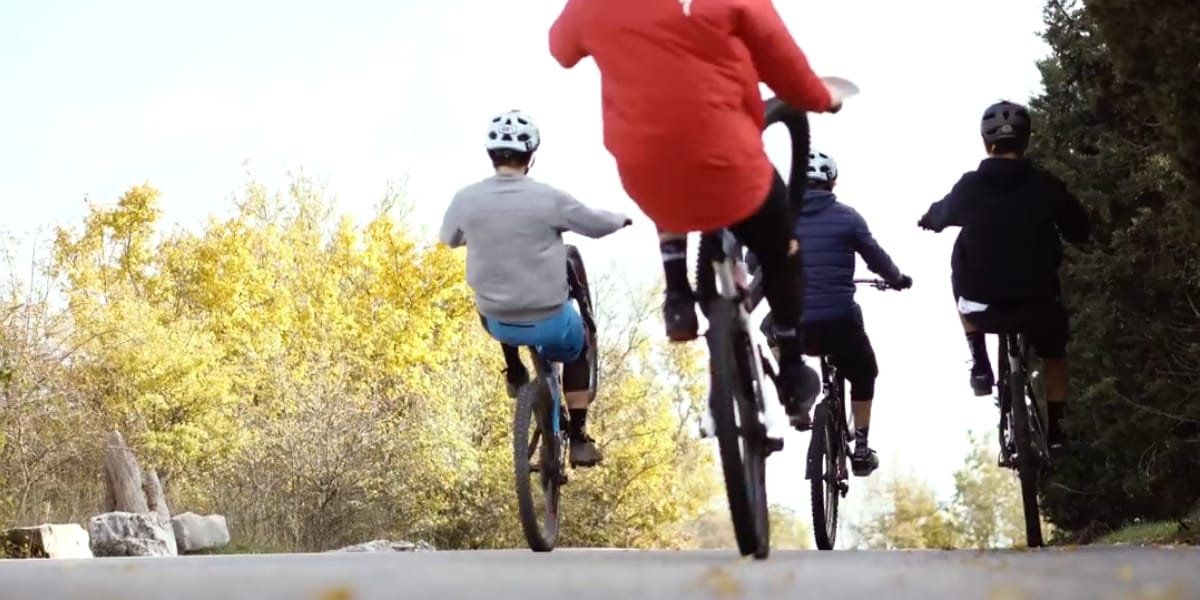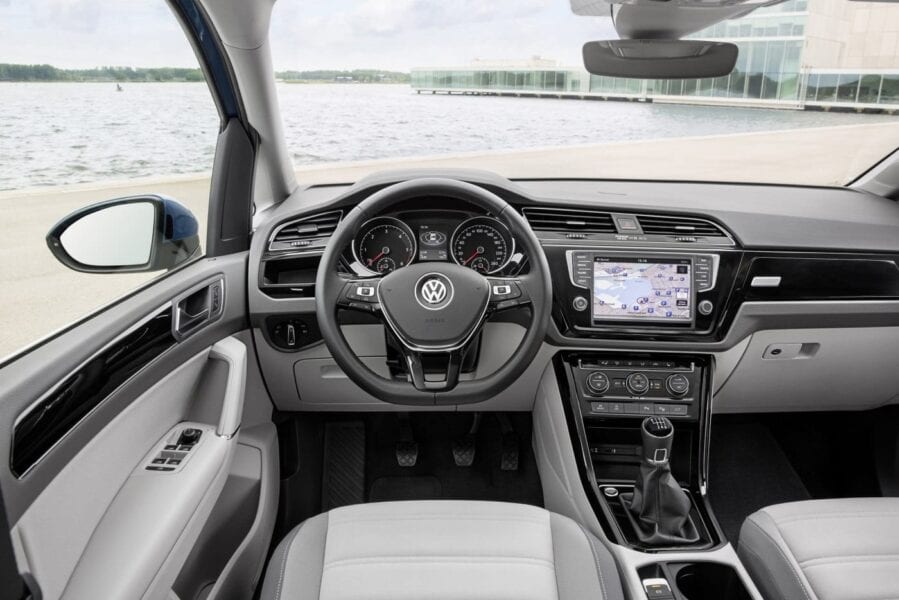
5 reasons why you shouldn't ride your rear wheel
Content
- 5 mistakes you don't get bored of
- 8 good tips on how to make a wheelie
- Security
- 1. Location: Find a gentle uphill climb.
- 2. Lower the saddle to half its normal height.
- 3. Put the bike at intermediate development.
- 4. Bend your arms and lower your chest to the handlebars.
- 5. Press in one motion and raise the front wheel while continuing to pedal.
- 6. Straighten your arms after lifting the front wheel and hold your weight back to keep the front wheel in the air.
- 7. Raise the handlebars and continue pedaling to drive forward.
- 8. Use the handlebars, brakes, knees and upper body to maintain balance.
- A rotating machine?
Driving technique allows you to balance on the bike, better understand obstacles, and better position yourself when jumping.
If you can get there, you will be much more comfortable on the trial sections of the trails you follow.
5 mistakes you don't get bored of
You are wrong if:
- You pull on the hanger
- You move your pelvis or bend your elbows
- You're standing up
- You use speed to keep the front wheel in place.
- You are not exercising enough to keep exercising

8 good tips on how to make a wheelie
Perseverance. This is what you will need first. Do not believe that in 5 minutes you will master the movement. In 5 minutes of practice, you are more likely to feel frustrated. But be persistent. 30 minutes a day for 2 weeks and voila.
Set goals: make a wheelie from point A to point B (helps psychologically).
Security
- If possible, take a mountain bike without rear suspension and not too heavy, a frame for your size (not too large, because it will become very difficult)
- Put on a helmet
- 2 gloves (L and R!)
- Do not use pedals without clamps or finger clamps.
- The rear brake must be perfectly adjusted and progressive.
- No backpack with hard objects that could hurt you in it

1. Location: Find a gentle uphill climb.
Ideally, find a very, very gentle slope, low grass, and good soil. Avoid the road. A cushion of grass and mud, as well as a slight tilt, will prevent the bike from picking up speed on its own.
Choose a calm day or a sheltered location.
Choose an infrequently visited place: you do not need to expose your first failures to prying eyes, which can be a demotivating factor.
2. Lower the saddle to half its normal height.
Lower the saddle so that your feet can touch the ground while sitting on the bike saddle.
3. Put the bike at intermediate development.
At the beginning, middle chainring and middle gear.
After all, with a lot of development, you will have to work hard to lift a mountain bike, and especially to reach too important a speed. On the other hand, if you wind too much, the ATV will get up very easily, but it will be almost impossible to keep it in balance.
4. Bend your arms and lower your chest to the handlebars.
Start at a reduced speed, no more than 10 km / h. You need a constant speed without the need for forced forward movement, you should absolutely avoid the feeling that you need to shift up to a higher gear.
Keeping one or two fingers on the rear brake lever, bend your arms and lower your torso toward the handlebars of the ATV.
5. Press in one motion and raise the front wheel while continuing to pedal.
When your steered foot is in the pedal up position, you need to simultaneouslypush back with your shoulders (bending your arms slightly to start), and suddenly increase pedaling effort without jerks.
If you twitch, the transmission takes over and the risk of chain breakage is very high.

6. Straighten your arms after lifting the front wheel and hold your weight back to keep the front wheel in the air.
Stay in the saddle. Keep your back straight.
It's not obligatory surt on bend your arms after lifting the bike. Keep your arms straight.
It's a reflex: to lift the bike, most people will bend their arms to pull, not move their shoulder. This lifts the wheel, but the center of gravity of the rider-rider assembly shifts forward, and as a result must be lifted much higher to reach the balance point. In this situation, it will be very difficult to keep the balance.
7. Raise the handlebars and continue pedaling to drive forward.
First of all, as soon as the front wheel rises, continue pedaling at a constant speed. If you accelerate too hard, the bike will roll over. If you slow down the pace of your pedaling, if you are not exactly at the point of balance, the bike will fall, slowly, but it will fall.
If you are sitting upright with outstretched arms, it is "easy" for you to pedal and keep the bike in balance, if you are bent with your arms, your chest is pressed against the handlebars, it is uncomfortable, ineffective and difficult to hold.
8. Use the handlebars, brakes, knees and upper body to maintain balance.
If you are walking behind: slow down slightly from behind. You should always keep your finger on the rear brake to be able to react as quickly as possible.
You cannot keep the front wheel in the air despite the pedaling: take a small step forward, sit further in the saddle.
You hit the mark: you usually get the impression that you are sitting in a chair, you can even stop pedaling a few meters: holding on!
If the bike turns, be careful! because if you abruptly lower the bike with the front wheel turned, you are guaranteed to fall! The best thing at the beginning, when the bike starts to roll or roll to the side, is to let it drop quietly and do your best to keep the front wheel on the axis of the line.
After a little practice: you must maintain the rhythm of the pedaling; By gently pulling the knee away from the opposite side of the bike's corner seat, it can be secured and placed in an upright position. You can also gently pull the hook on the same side to straighten it too.
Once you understand the protocol, all you have to do is work on it to reach 100% every time. And there is no choice, you need to train.
Once you learn how to do this on your favorite bike, you will quickly find that almost any bike can ride on the rear wheel, and then you can move on to practicing the guide.
A rotating machine?

To learn in complete safety, Sender Ramps sells a model machine that allows you to move around easily and safely on your rear wheels.
It can be ordered exclusively online, they are produced on request, and after 15 days it happens by the carrier. The assembly is very simple and fast (less than 20 minutes unpacking, complete with screwdriver).
This is a very strong wooden base that secures your ATV with a strap, preventing it from tipping over. This allows you to exercise comfortably at home.
After a dozen sessions of fifteen minutes (because it really takes hands), we manage to lift the bike on the simulator and keep our balance! This makes it easy to find that balance is achieved by pulling the shoulders and pressing the legs and pedals.
